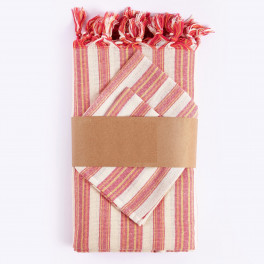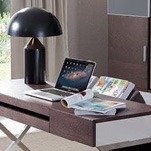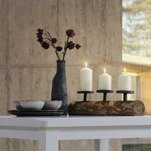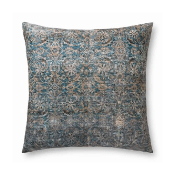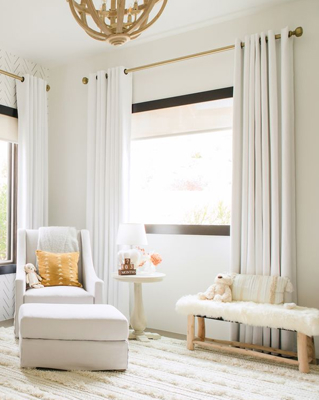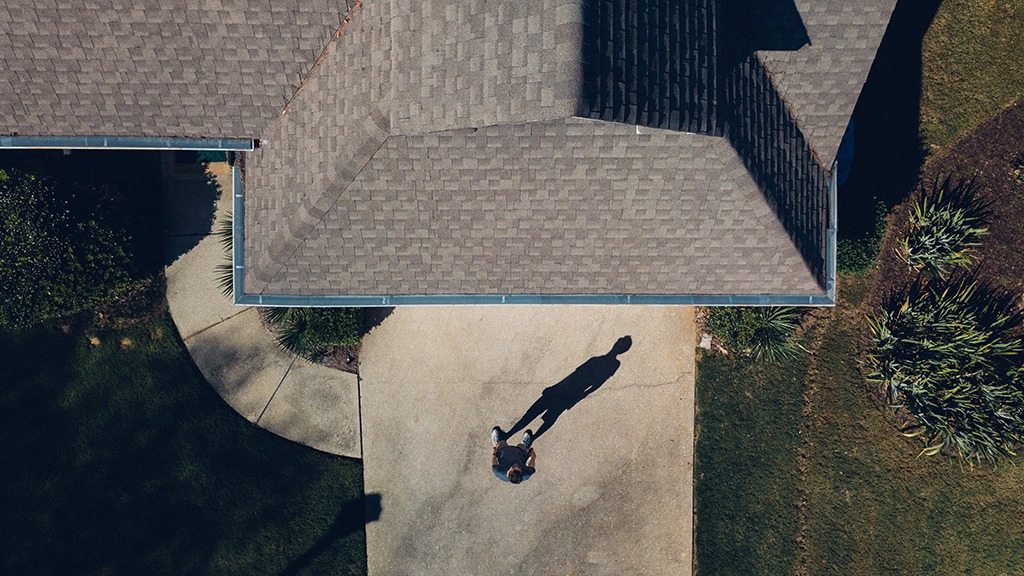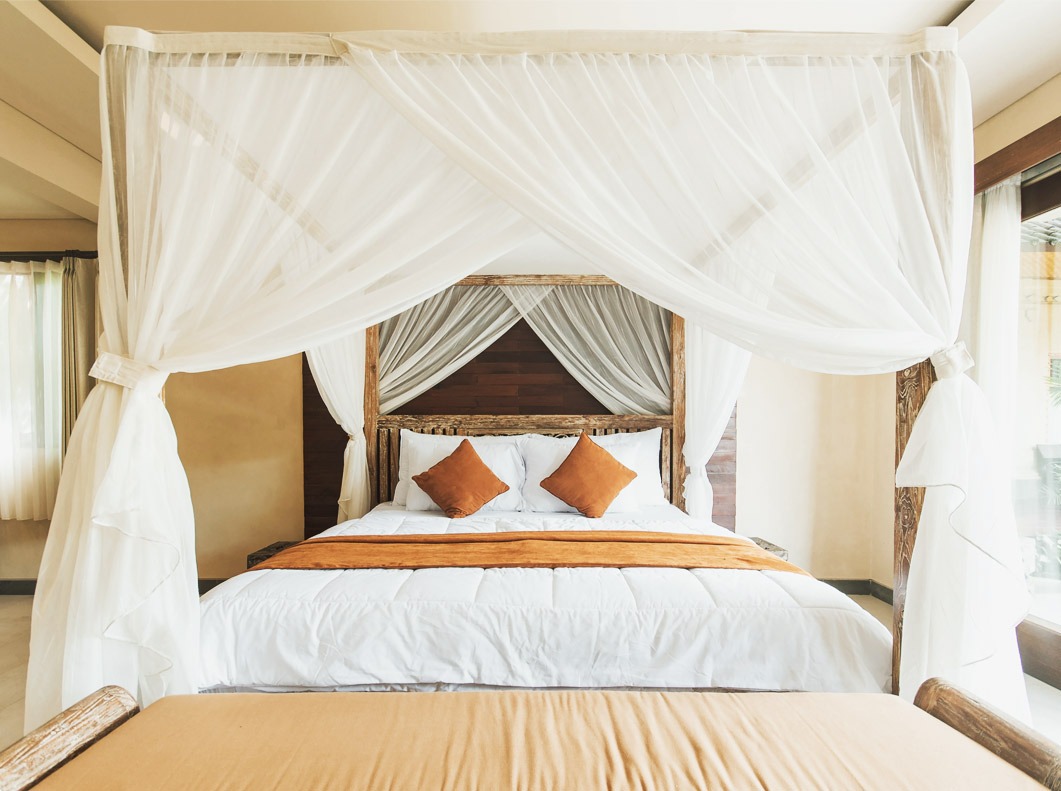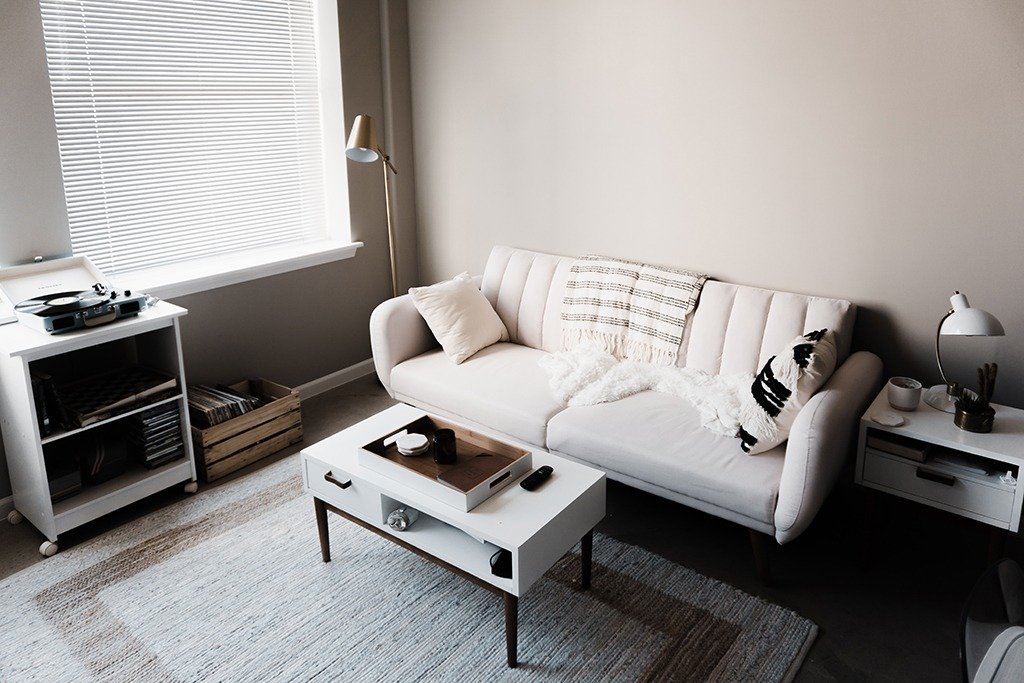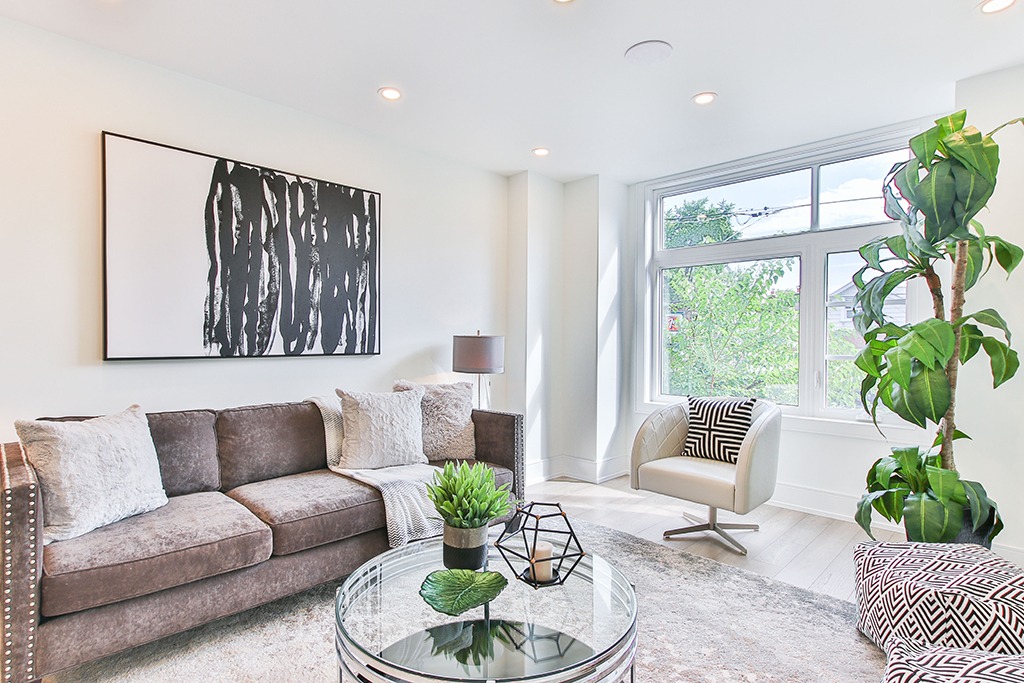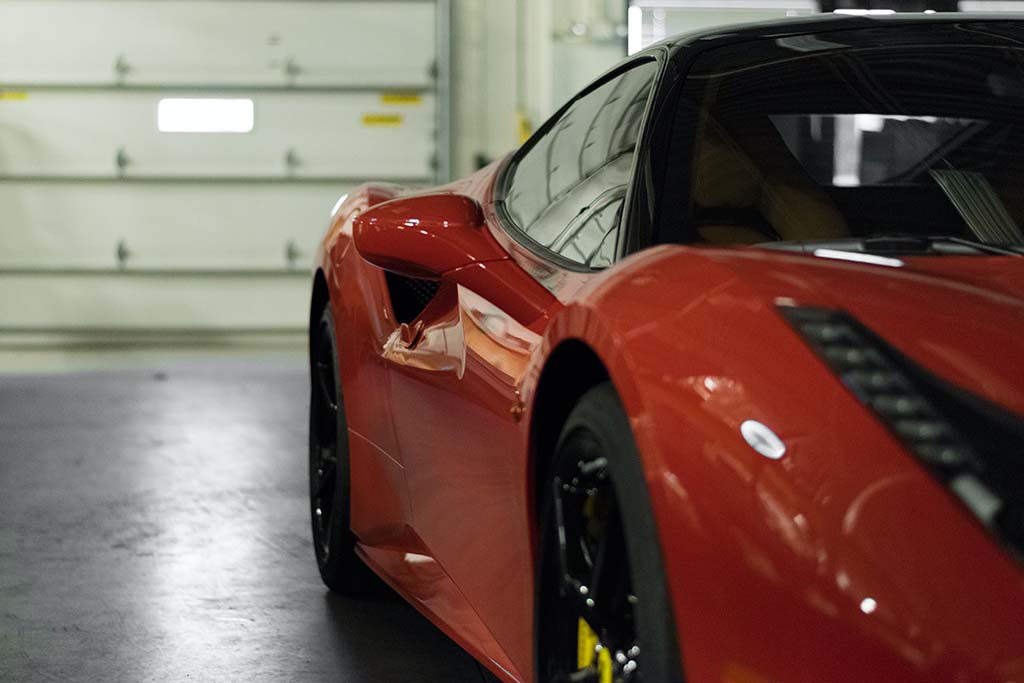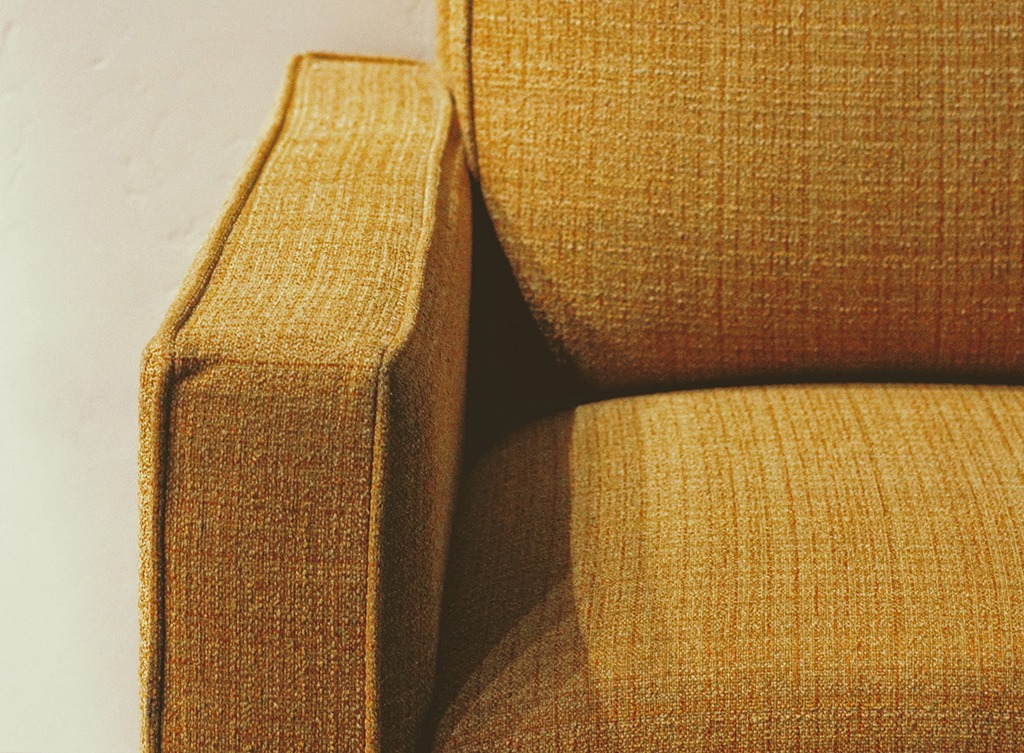The dining room is the crown jewel of the home. It’s the most formal room, furnished for extended sit-down meals, guests, and decorum. The focal point of the room, of course, is the dining table. On holidays and special occasions, this is where friends and families gather, toasts are raised, and elegance is a given. Knowing how to set a formal table is a key component of successful hosting.
So, how does the magic happen? How do you get your dining room table looking like a page from a home décor magazine? The short answer to this question is beautiful place settings… and a little flexibility. Four basic table setting components that form the building blocks of any dinner tablescape: plates, flatware, stemware, and linens. Pulling them all together for optimal effect requires a basic understanding of traditional dinner place setting etiquette, as well as a willingness to tweak the rules to make things work in your own style and space.
Not sure how to arrange the perfect table setting? Worried about which fork goes where, or which wine glass to use? Check out these helpful hints, and relax. Hosting should be fun, remember?
What Is a Formal Dinner Table Setting?
Traditionally, formal dinners involve more than three courses, many of which are brought in pre-plated. Servers do all of the bringing in and taking away. A complete place setting requires several feet of table space per person and often boasts a different dish, knife, fork, spoon, and glass for almost every course.

Photo by yampi on Shutterstock
In actual practice, very few people go to these lengths in their own homes, more often opting to have a four-piece setting at each place, with one or two types of each utensil. Service is done from a buffet or sideboard, or from the table itself, often by the hosts. Well, that’s a relief, isn’t it?
What is a Four-Piece Place Setting?
A four-piece place setting, or table setting, is a dinner plate, salad plate, bowl, and cup or mug. A variation on this is a five-piece setting, which is a little more traditional, having a cup with saucer. A four-piece setting will cover all your basic needs for any meal, including a modified formal dinner. It will not meet the requirements for a traditional formal dinner because it lacks a saucer, as well as other addon pieces we’ll get to later.
Be assured that you can create a beautiful dinner tablescape in a modified formal style with four piece place settings. Unless you’re expecting Miss Manners at your next dinner party, there’s no reason to feel that your place settings are inadequate if not 100% traditional.
There’s something to be said, however, for familiarizing yourself with full-scale formal dinner place settings.

Photo by VOLYK IEVGENII on Shutterstock
You can pick and choose elements that you like, and gain a solid understanding of place setting etiquette. Start with a semi-formal or contemporary formal setting, and dress it up from there, all the way to full scale formal, if you like. Don’t be intimidated by unfamiliar additions. The basics are the same for all of them. And no one is going to call the spoon police!
Plate Placement
With a four-piece place setting, the dinner plate is central, with the salad plate and bowl stacked on top. Soup is usually the first course in this arrangement. Alternatively, you can serve the salad in the bowl, and a fish course, or appetizers on the small plate. The place setting should accommodate your meal, not the other way around.
In classic formal dinner service, the dinner plate is replaced by a charger. This is a large plate upon which food is not actually served. It merely holds the place of the setting while individual courses are brought in and cleared. In contemporary table settings, the charger is making a comeback as more of a decorative component. Although still occasionally used in their traditional capacity, chargers are now also seen as replacements for placemats and artistic additions to the table.
In traditional formal place settings, the coffee cup and saucer are placed at the interior top right or left of the setting. At a semi-formal or contemporary formal dinner, they may be brought out with the dessert course, conserving tablespace. Dessert plates are never set on the table at the start of the meal. They traditionally match the rest of the china, but a complementary color or pattern can also work in a modern formal setting. Or, for a fun change up, use an independent matched set for dessert and coffee after the meal.
Bread and butter plates are another component of a traditional dinner place setting. They are small plates, set at the top left. Keep in mind that this style of table setting involves significantly more clearing and take away. This is another reason that the modern formal dinner is less complex than its traditional counterpart.
Flatware Placement
When placing dinner flatware, forks go to the left of the dinner plate, knives and spoons to the right. All knife blades should be facing inwards, toward the dinner plate. The utensils used first in the meal are placed on the outside of each setting, working in towards the plate from there.
So, the salad fork is on the far left, and the dinner fork next to it. On the right side of the plate, the dinner knife is first. If the entrée requires a steak knife, substitute it for the dinner knife. To the right of the knife is the teaspoon, and then the soup spoon. In a traditionally elaborate place setting, knives, spoons, and forks specific to interim courses, such as fish or fruit, would be in found in between, in course order.
Dessert spoons and forks may be placed horizontally over the center of the plate or brought in with dessert. Butter knives are only placed if bread and butter plates are used. Each knife is set atop the plate, diagonally for the table setting purist.
Remember that flatware and plate arrangement can be adjusted based on which pieces you have, and what you’re serving. Don’t be daunted by formalities. As long as you have the basic five pieces of flatware and four piece table settings, you’ll be fine.
Stemware Placement
All the glassware at the place settings should be stemware at a formal dinner table. The water goblet is traditionally at the upper, inner right of the place setting. To the right of the goblet is the appropriate wine glass for the meal, white or red. If you’re going full-on formal with a different wine for each course, there may be as many as four glasses grouped with the water goblet… and quite a few tipsy guests. It’s far more common to set a formal dinner table at home with a single wine glass beside the water goblet. This cleaner, less cluttered aesthetic not only conserves tablespace, but it will also save you quite a bit of wine glass washing at the end of the night.
Table Linens
Table linens include tablecloths, runners, placemats, and napkins. They can be subtle or bold, classic or patterned, and offer an infinite number of possibilities for table décor. Formal dinners may incorporate any of these table linens, but the only one that’s an absolute necessity for a formal dinner table setting is the napkin. Its placement varies, but it’s traditionally to the left of the forks. If space is tight, it can be set under the forks. Modern formal dinners often see the napkin intricately folded, in a wine glass, on a plate, or dressed up with a napkin ring.
Although formal dinner does not require a tablecloth in this day and age, it can go a long way in dressing up your table. A white or ivory tablecloth is a time-honored classic in dinner elegance, and really a must for the traditional effect. Pattern weaving is acceptable. On the flip side, if you have a simple, neutral set of china, colored and patterned tablecloths can add dramatic flair. In either case, formal tablecloths tend to be smooth with a tight weave, whether pattern woven or not.

Photo by Photopat on Alamy
A ten to 15-inch drop from the edge of the table to the hem is considered formal length for a dinner tablecloth. It’s fine for the edge of the tablecloth to rest at lap level, but guests shouldn’t find the fabric pooling in their laps. Floor length tablecloths should be reserved for serving and cocktail tables, or other tables at which no one will actually be sitting.
Placemats can be used in lieu of, or in addition to a tablecloth for a modern formal dinner, but be aware that they generally increase the size of each place setting. Using round placemats can open up more space, especially at oval or round tables, but may not always support a full formal setting. Placemats are a good choice if you have a beautiful table surface, like marble or hardwood that you would like to show off. The addition of a matching runner can provide a good foundation for a centerpiece, or a table top serve station.

Photo by Rodenberg Photography on Shutterstock
As you plan your formal dinner, use traditional guidelines as just that — a guide. Remember that it’s your home, your rules, and your dinner. With the basics of place settings under your belt, you’re sure to put together a fabulous table with your personal touch, and more importantly, have a fantastic time with your guests.




